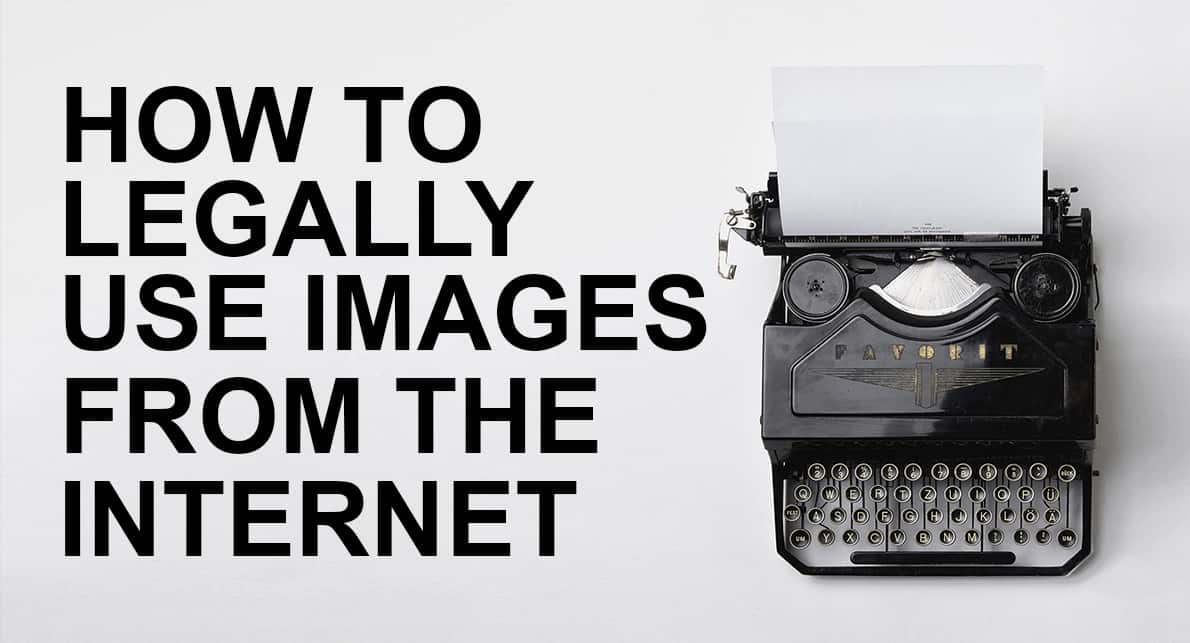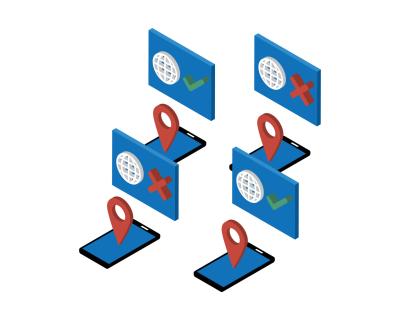In today’s digital world, images are everywhere—on websites, social media, marketing materials, and more. Shutterstock is a popular resource for high-quality images, but it’s super important to use these images legally to avoid copyright issues. Whether you’re a blogger, business owner, or content creator, understanding how to properly license and use Shutterstock images can save you from legal headaches down the line. This guide will walk you through the basics of using
Understanding Shutterstock Licensing Options

Shutterstock offers different licensing options to suit various needs, and choosing the right one is key to staying compliant. The main licenses are Standard License and Enhanced License, each with its own permissions and restrictions.
Standard License
The Standard License is suitable for most common uses such as websites, blogs, social media, presentations, and printed materials up to a certain size or circulation. With this license, you can:
- Use images in digital projects like websites, social media posts, and online ads
- Print images on marketing materials like flyers, brochures, and posters (up to 500,000 copies)
- Incorporate images into multimedia presentations
However, there are some restrictions. For example, you cannot use the images in merchandise that’s resold (like t-shirts or mugs), or in a way that suggests endorsement. Also, the Standard License does not cover unlimited reproduction or large-scale commercial use.
Enhanced License
The Enhanced License offers broader rights and fewer restrictions, making it ideal for commercial products, merchandise, or high-volume printing. Use cases include:
- Creating products for resale, such as apparel or home goods
- Unlimited print runs, no matter how many copies you produce
- Use in large-scale advertising campaigns and broadcast media
This license allows you to use Shutterstock images in more extensive ways, but it comes at a higher cost. Think of it as the “all-access pass” for commercial use.
Additional Licensing Considerations
Besides Standard and Enhanced licenses, Shutterstock also offers:
- Extended Licenses: For even more extensive use cases, like large merchandise or high-volume distribution.
- Custom Licenses: For unique or complex projects requiring special permissions.
Always read the license terms carefully before using an image. If you’re unsure whether your intended use is covered, it’s best to consult Shutterstock’s licensing guidelines or reach out to their support. Remember, licensing isn’t just a formality—it’s your legal safeguard to ensure you’re respecting the rights of content creators while using their work responsibly.
Steps to Legally Copy Shutterstock Images
So, you’ve found the perfect image on Shutterstock, and you’re eager to use it for your project. Before you click that download button and start using the image, it’s important to understand the proper steps to ensure you’re copying and using the image legally. Here’s a simple guide to help you navigate the process:
Step 1: Choose the Correct License Type
Shutterstock offers different licensing options, primarily Standard and Extended licenses. The Standard license covers most common uses like websites, social media, and presentations, while the Extended license is needed for products for resale, merchandise, or print runs over a certain quantity. Carefully review the license details to select the right one for your intended use.
Step 2: Create an Account and Sign In
To access and purchase images, you need a Shutterstock account. Signing up is quick and free. Once you’re logged in, you can add images to your cart, review licenses, and manage your downloads.
Step 3: Purchase the Appropriate License
After selecting your image, click the “Download” button. You’ll be prompted to select the license type. Confirm your choice, and proceed to checkout. Remember, purchasing the license grants you the legal right to use the image within the scope of that license.
Step 4: Download the Image
Once the purchase is complete, you can download the image in the resolution you need. Keep a copy of your purchase receipt and license agreement for your records, just in case you need proof of legal usage later on.
Step 5: Use the Image According to License Terms
Finally, ensure that your usage aligns with the license restrictions. For example, if the license prohibits modification or resale, avoid doing those things. Following these steps will help you stay within legal boundaries and avoid potential copyright issues.
Tips for Ensuring Compliance When Using Shutterstock Photos
Using Shutterstock images legally isn’t just about purchasing the right license; it’s also about practicing good habits to stay compliant throughout your project. Here are some helpful tips:
- Always read the license agreement: Every Shutterstock image comes with specific terms. Make sure you understand what’s allowed and what’s not. If you’re unsure, reach out to Shutterstock support or consult legal advice.
- Maintain documentation: Save copies of your license, purchase receipts, and download records. This documentation can be invaluable if you ever need to prove your right to use an image.
- Use images within license scope: For instance, don’t modify an image in a way that violates the license, or use a Standard license image for a product that requires an Extended license.
- Be cautious with model and property releases: If the image features recognizable people or private property, ensure that the necessary releases are in place for commercial use.
- Give proper attribution if required: Most Shutterstock licenses do not require attribution, but if you’re using images under Creative Commons or other licenses, attribution may be necessary.
- Limit personal modifications: When editing images, avoid altering them in a way that misrepresents or defames individuals, or changes the image’s context inappropriately.
- Stay updated with Shutterstock’s policies: Licensing terms and policies can change, so subscribe to updates or review their licensing FAQ periodically.
By following these tips, you’ll not only stay compliant but also respect the rights of creators and copyright holders. It’s always better to be cautious and informed than to face legal troubles down the line. Happy image hunting!
Common Mistakes to Avoid When Using Shutterstock Images
Using Shutterstock images can be a fantastic way to enhance your projects, but it’s easy to make mistakes that could land you in legal hot water. Let’s go over some common pitfalls so you can steer clear of them and use images responsibly and legally.
Not Checking the License Type
One of the biggest mistakes is assuming all Shutterstock images are the same. Shutterstock offers different license types—standard and enhanced—and each has its own rules. For example, a standard license might limit the number of copies you can make or restrict use in merchandise, while an enhanced license offers broader rights. Always double-check the license attached to an image before using it to ensure your intended use complies.
Using Images Beyond the License Scope
Even if you have a license, using an image outside the scope of that license can cause issues. For example, if you bought a standard license for a website banner, you can’t use the same image on a billboard or in a product packaging unless you upgrade to an enhanced license. Make sure your use aligns with what your license permits.
Failing to Attribute When Required
Unlike some free image sources, Shutterstock generally doesn’t require attribution. However, if you’re working with images that are marked as “Editorial Use Only” or have specific licensing conditions, failing to follow those rules can lead to legal complications. Always read the licensing terms carefully to see if attribution is necessary, and if it is, do it properly.
Using Images of People or Trademarked Content Without Proper Permission
Shutterstock images often feature people, logos, or trademarks. If an image contains identifiable individuals, you need a model release to use it commercially. Similarly, if the image includes trademarked products or logos, you need to be cautious. Using such images without proper releases or permission can infringe on privacy rights or trademarks, leading to legal issues.
Not Keeping Proper Records of License Purchases
Always save proof of licensing, such as receipts or license certificates. If a dispute arises, having clear documentation showing you purchased the rights legally is crucial. Without proper records, you might be accused of unauthorized use, even if you thought you were compliant.
Overlooking Updates or Changes in Shutterstock’s Licensing Policies
Licensing terms and policies can change over time. It’s a good habit to periodically review Shutterstock’s licensing guidelines to stay informed about any updates. This way, you won’t inadvertently misuse images due to outdated understanding of the rules.
Conclusion and Best Practices for Using Shutterstock Images Legally
Using Shutterstock images legally is all about understanding the licenses, respecting rights, and keeping everything documented. Here are some best practices to keep in mind:
- Always read the licensing terms carefully before downloading or using an image.
- Match your use with the correct license type, upgrading if necessary for broader rights.
- Secure model releases or property releases when using images with identifiable people or trademarks for commercial purposes.
- Keep detailed records of all license purchases and permissions for future reference.
- Stay updated on Shutterstock’s licensing policies to ensure ongoing compliance.
- Use images within the scope of your license—avoid stretching the rights granted.
By following these best practices, you can confidently incorporate Shutterstock images into your projects without worry. Remember, respecting copyright and licensing terms not only keeps you out of legal trouble but also supports the hardworking photographers and artists who create these stunning images. Happy designing!


